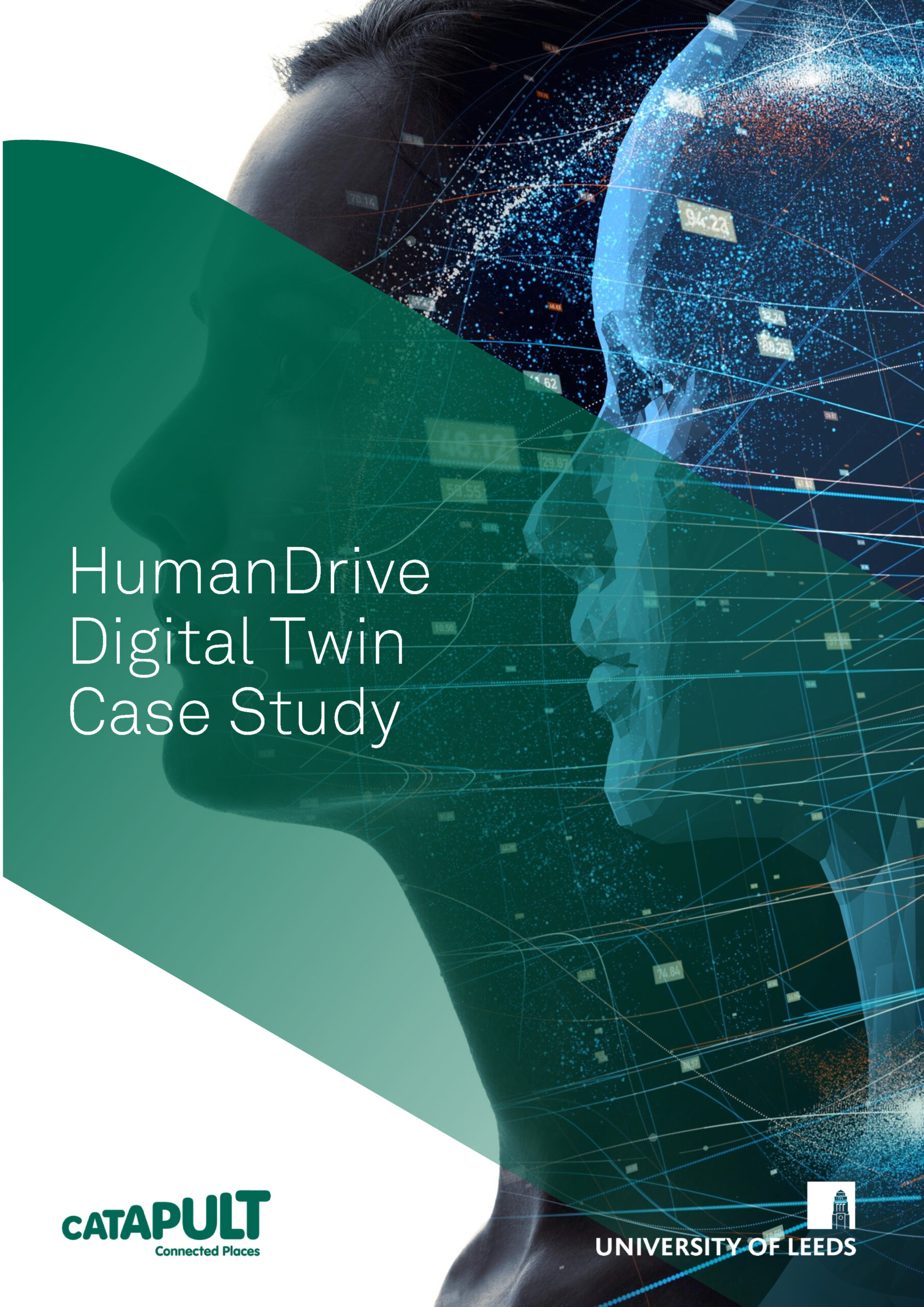But another technology is also playing an important role – digital twins.
HumanDrive and Digital Twin Case Study
Advancements in computing power, sensor technology, Artificial Intelligence (AI) and Machine Learning is helping to make driving safer, easier, quicker, cleaner and more accessible.

This is the concept surrounding the creation of a digital replica of a physical asset, or ‘twin’. It can provide valuable, actionable insights into operations and in this case the human driving behaviour and support safety work being undertaken by the Connected Places Catapult in the HumanDrive project.
This paper covers how a digital twin has been created, the tools used, techniques developed and their application to the HumanDrive project (https://humandrive.co.uk/), an Innovate UK/Connected & Autonomous Vehicle Office sponsored project.
Much of the focus of this paper is on that of data used, data processing and its ultimate exploitation in creating an accurate real-world digital twin of public roads and the multi-user environment for Autonomous Vehicle Innovation (MUEAVI) test track (https://www.cranfield.ac.uk/facilities/mueavi).
The UK features a world-class physical test environment ecosystem however, to further support organisations working on the development of CAVs, the use of virtual test environments for simulation and testing has been identified to strengthen CAV development. A virtual environment, or a digital twin of a real-world location or scenario, can be used to test for example, a product within a geospatially accurate replica of a physical environment. Virtual test environments allow models to be built up, which require fewer resources and preparation time than that of its physical test environment counterpart. Further to this, production aspects such as testing characteristics, vehicle paraments and environmental features are easily adapted and modified.















